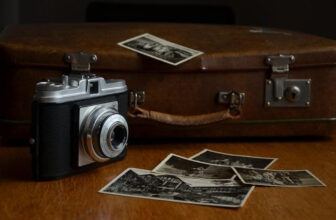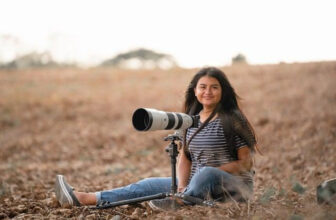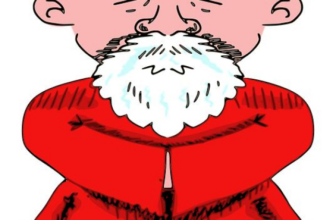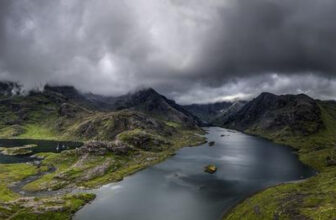Mastering the Art of Motion Blur Photography
GoogleAds

In the fast-paced world of photography, capturing motion blur can transform a static image into a dynamic masterpiece. Whether you’re a seasoned photographer looking to expand your skills or a beginner eager to explore new techniques, mastering the art of motion blur photography can add an exciting dimension to your portfolio. Join us as we delve into the tips and tricks of creating stunning images that convey a sense of movement and energy.
Introduction to Motion Blur Photography
Motion blur photography is a captivating technique that can add a sense of movement and dynamism to your images. By intentionally blurring moving subjects in your photos, you can create stunning visual effects that convey a sense of speed, energy, and excitement.
One of the key elements of mastering motion blur photography is understanding the concept of shutter speed. Shutter speed refers to the amount of time that the camera’s shutter is open, allowing light to hit the camera’s sensor. A longer shutter speed will result in more motion blur, while a shorter shutter speed will freeze the action.
When shooting motion blur photography, it’s important to experiment with different shutter speeds to achieve the desired effect. Slow shutter speeds, such as 1/30 or 1/15 of a second, are ideal for capturing smooth, flowing movements, while faster shutter speeds, like 1/500 or 1/1000 of a second, can freeze fast-moving subjects in action.
Another important factor to consider when delving into motion blur photography is the use of a tripod. While shooting with slow shutter speeds, the slightest movement of the camera can result in unwanted blur in your photos. Using a tripod will help stabilize your camera and ensure sharpness in your images.
Overall, motion blur photography is a creative and dynamic technique that can add an exciting element to your photography portfolio. By mastering the art of motion blur, you can take your photos to the next level and create visually striking images that capture the essence of movement and energy.
Understanding the Concept of Motion Blur
Motion blur is a fascinating photography technique that can add a sense of movement and dynamism to your images. By intentionally capturing a moving subject with a slow shutter speed, you can create a blurred effect that conveys a sense of speed or direction.
One key element to understand when working with motion blur is the relationship between shutter speed and motion. The slower the shutter speed, the more pronounced the blur will be. Experimenting with different shutter speeds can help you achieve the desired effect, whether you want a subtle blur or a more dramatic motion effect.
Another important factor to consider when mastering motion blur photography is the direction of movement. Pay attention to the path of the subject as it moves through the frame, and adjust your composition accordingly to create dynamic and visually interesting images.
Using a tripod can be helpful when working with motion blur, especially when using longer shutter speeds. This can help prevent camera shake and ensure sharpness in parts of the image that are meant to be in focus, while still allowing the moving subject to be blurred.
Overall, mastering the art of motion blur photography requires practice, experimentation, and a keen eye for composition. By and how to manipulate it to your advantage, you can create stunning and captivating images that truly capture the essence of movement.
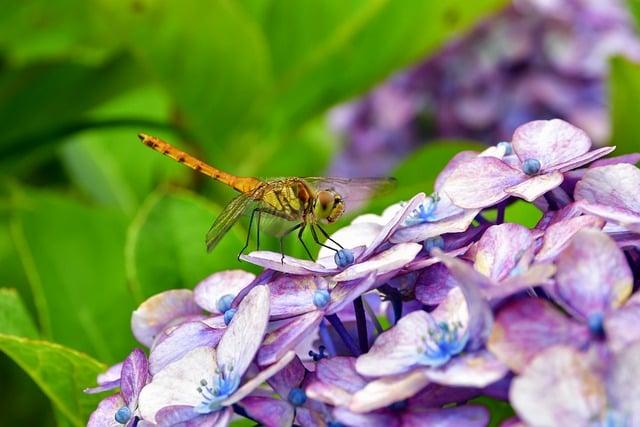
Choosing the Right Camera Settings for Motion Blur
When it comes to capturing stunning motion blur photography, selecting the right camera settings is crucial. By understanding how different settings affect the amount of blur in your images, you can create visually dynamic shots that convey a sense of movement and energy.
First and foremost, consider your shutter speed. A slower shutter speed will result in more pronounced motion blur, while a faster shutter speed will freeze the action. Experiment with different shutter speeds to achieve the desired effect for your photo. **Tip: For a classic motion blur effect in sports photography, try using a shutter speed of around 1/60 to 1/125 second.**
Another important factor to consider is your aperture. A wider aperture (smaller f-stop number) will allow more light into your camera, but also decrease the depth of field. This can create a beautiful bokeh effect in your motion blur photos. **Tip: When shooting in low light conditions, consider using a wider aperture (e.g. f/2.8) to maintain image sharpness.**
ISO is also a key setting to adjust when shooting motion blur photography. A higher ISO will make your camera more sensitive to light, but can introduce noise into your images. To minimize noise while maintaining image quality, try to keep your ISO as low as possible while still achieving proper exposure. **Tip: When shooting in bright daylight, set your ISO to 100 or 200 to avoid overexposure.**
Lastly, don’t forget to consider your focal length when capturing motion blur. Longer focal lengths will compress the background, creating a sense of speed and movement in your photos. Wide-angle lenses, on the other hand, can exaggerate motion blur and make your subject appear faster. Experiment with different focal lengths to find the right balance for your desired effect.
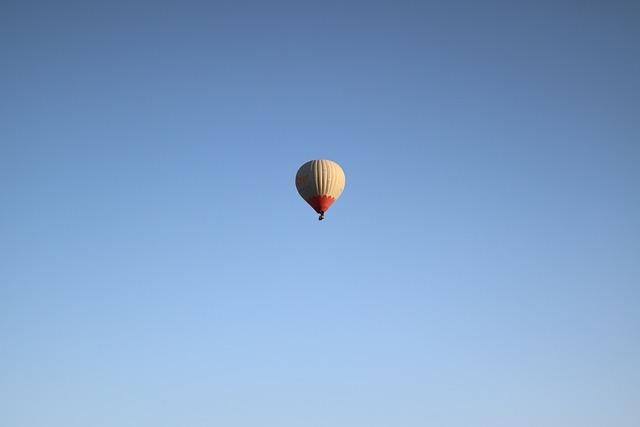
Experimenting with Different Shutter Speeds
is a fundamental aspect of mastering the art of motion blur photography. By adjusting the length of time your camera’s shutter remains open, you can capture stunning images that emphasize movement and create dynamic visual effects.
One key technique to explore when working with different shutter speeds is the concept of panning. This involves tracking a moving subject with your camera while using a slower shutter speed, resulting in a sharp subject against a blurred background. This technique can be particularly effective when photographing fast-moving subjects such as cars, cyclists, or runners.
On the other hand, using a faster shutter speed can freeze motion and capture crisp, detail-rich images. This is ideal for subjects in motion that you want to portray with clarity and precision, such as sports photography or wildlife photography.
Don’t be afraid to push the limits of your camera’s capabilities by experimenting with extremely slow or fast shutter speeds. By doing so, you can achieve unique and dramatic effects in your photography, highlighting the beauty of motion in ways that may surprise and delight both you and your viewers.
Remember, mastering the art of motion blur photography through takes practice and patience. Keep challenging yourself to try new techniques and settings, and don’t be afraid to make mistakes along the way. With dedication and creativity, you can unlock a world of artistic possibilities in your photography.

Using Tripods and Camera Stabilization Techniques
When it comes to capturing stunning photos with motion blur, mastering the use of tripods and camera stabilization techniques is essential. These tools can make a significant difference in the quality of your images, allowing you to achieve sharp details while adding a sense of movement to your shots.
One key aspect to consider when using tripods is choosing the right type for your specific needs. There are various options available, including traditional tripods, monopods, and even flexible gorilla pods. Each has its advantages and limitations, so it’s important to select the one that will best suit the type of photography you’re doing.
Additionally, understanding how to properly set up and adjust your tripod can greatly impact the outcome of your photos. Ensuring that your tripod is stable and level is crucial for preventing any unwanted camera shake, especially when shooting in low light conditions or using slow shutter speeds.
Camera stabilization techniques, such as using a remote shutter release or timer, can also help minimize any vibrations that may occur when pressing the shutter button. These tools allow you to capture sharp images without any blur caused by camera movement, resulting in professional-looking photos that truly stand out.
| Type | Advantages | Limitations |
|---|---|---|
| Traditional Tripod | Most stable option | Less portable |
| Monopod | Increased mobility | Less stability |
| Gorilla Pod | Flexible positioning | Lower weight capacity |
Incorporating Motion Blur in Creative Composition
Motion blur photography is a technique that can add a dynamic and artistic element to your photos. By intentionally capturing movement in your shots, you can create unique and visually striking images that evoke a sense of speed, energy, and emotion.
One way to incorporate motion blur in your creative composition is by using a slow shutter speed. This allows you to blur moving subjects or background elements while keeping the main subject sharp. Experiment with different shutter speeds to achieve the desired effect, whether it’s a subtle blur or a dramatic streak of motion.
Another technique for mastering motion blur photography is panning. This involves following a moving subject with your camera while using a slow shutter speed. By matching the speed of your subject’s movement with your camera’s motion, you can create a crisp subject against a blurred background, emphasizing the feeling of speed and motion.
Adding motion blur to your photos can also help convey a sense of energy and dynamism. Whether you’re shooting sports, street photography, or nature scenes, incorporating motion blur can make your photos more engaging and visually appealing. Experiment with different techniques and subjects to discover what works best for your creative vision.
In conclusion, mastering the art of motion blur photography requires practice, experimentation, and a creative eye. By incorporating motion blur in your creative composition, you can elevate your photography to a new level and create captivating images that tell a unique story. So grab your camera, set your shutter speed, and start capturing the beauty of motion in your photos.

Post-Processing Tips for Enhancing Motion Blur Images
Understanding Motion Blur
Before diving into post-processing tips, it’s important to understand what motion blur is and how it can enhance your photography. Motion blur occurs when there is movement in your frame while the camera’s shutter is open, creating a sense of speed and dynamism in your images. By mastering motion blur photography, you can add a sense of motion and energy to your photos, making them more dynamic and engaging.
Choosing the Right Software
When it comes to post-processing motion blur images, choosing the right software is crucial. Look for editing programs that offer tools specifically designed for enhancing motion blur, such as motion blur filters and tools for adjusting the intensity and direction of blur. Popular software options for motion blur post-processing include Adobe Photoshop, Lightroom, and GIMP.
Enhancing Motion Blur in Your Images
Once you have selected the right software, it’s time to enhance the motion blur in your images. Here are some post-processing tips to help you master the art of motion blur photography:
- Adjust the Blur Intensity: Use the blur tools in your editing software to control the intensity of motion blur in your images. Experiment with different levels of blur to find the perfect balance for each shot.
- Direct the Blur Effect: Some editing programs allow you to control the direction of motion blur in your images. Use this feature to enhance the sense of movement and directionality in your photos.
- Combine Multiple Exposures: For complex motion blur effects, consider combining multiple exposures in post-processing. This technique can help you create unique and dynamic images with enhanced motion blur.
Final Touches and Exporting
Once you have enhanced the motion blur in your images, don’t forget to add some final touches to make your photos shine. Use tools for adjusting contrast, saturation, and sharpness to enhance the overall look and feel of your images. When you are satisfied with the final result, export your photos in high-quality formats for sharing and showcasing your work.
Q&A
Q: What is motion blur photography?
A: Motion blur photography is a technique that involves intentionally blurring a moving subject in a photograph to convey a sense of motion and energy.
Q: Why is motion blur photography important?
A: Motion blur photography adds a dynamic and artistic element to images, capturing the essence of movement and creating visually stunning photographs.
Q: What are some tips for mastering motion blur photography?
A: Some tips for mastering motion blur photography include using slow shutter speeds, panning with the subject, experimenting with different camera settings, and practicing patience and timing.
Q: What equipment is needed for motion blur photography?
A: To capture motion blur in photography, you will need a camera with manual settings, a tripod, and potentially a neutral density filter to reduce the amount of light entering the camera.
Q: Can motion blur photography be achieved with a smartphone camera?
A: While it is more difficult to achieve motion blur with a smartphone camera due to limited manual settings, it is still possible with the right techniques and apps that allow for manual control over exposure and shutter speed.
Q: What are some common mistakes to avoid in motion blur photography?
A: Some common mistakes to avoid in motion blur photography include using shutter speeds that are too fast, not stabilizing the camera properly, and failing to experiment with different angles and techniques to achieve the desired effect.
The Conclusion
In conclusion, mastering the art of motion blur photography requires a combination of technical skill, creative vision, and patience. By understanding the principles behind capturing movement and experimenting with different techniques, photographers can create stunning images that evoke a sense of dynamism and energy. So grab your camera, adjust your settings, and get ready to explore the world of motion blur photography. Happy shooting!
GoogleAds



